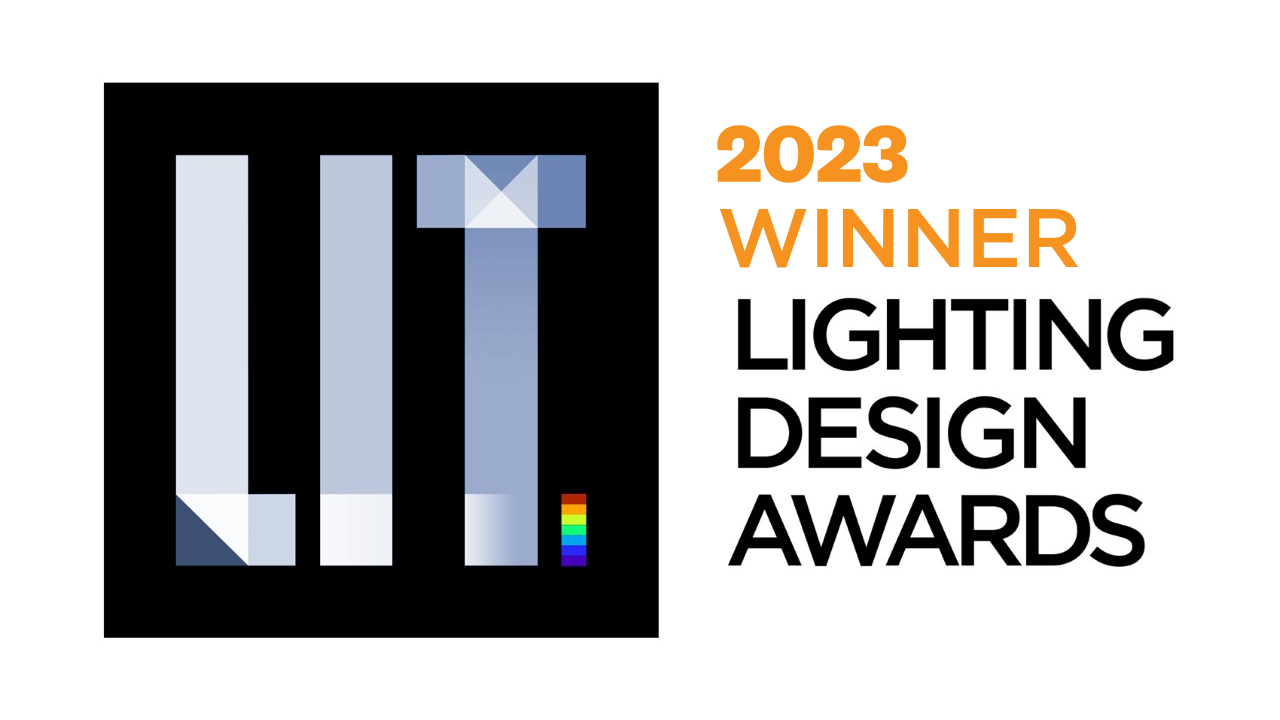Prize(s) Winners in Visitor Experience & Museum Exhibition
Lighting Design/Product Company The SEED
Lead Designers Golsana Heshmati
Client Pejman Foundation
Photo Credits DEED Studio
Other Credits AgaKhan Trust for Culture
Completion Date 2021
Project Location Tehran Iran
Entry DescriptionConcrete rooftops illuminated from below, appear to float above Iran's new Contemporary Art Museum and Cultural Center, which welcomes a new generation of emerging artists and art enthusiasts to the heart of Tehran. The century-old abandoned factory was formerly a bustling brewery that produced the country's then-most beloved beer, Argo. Nearly a century later, the abandoned factory has been given new life as a Contemporary Art Museum and Cultural Center.
Through the restoration, lighting unified the historic structure with the new addition, accentuating the romance between old versus new with an up-lit skylight and roof structure, perforated brick that glows from within, flexible lighting for rotating exhibitions and an unconventional approach to art lighting, breathing a new identity and life into the building.
Despite the country's challenging socio-political climate, increasing costs of construction materials, and strict sanctions on imported items, the design team worked tirelessly to implement sustainable, cost-effective design solutions to ensure Argo would open its doors in 2020 to host the city's emerging generation of artists to meet, collaborate, and create.
Sustainability ApproachThe museum's commitment to environmental stewardship is exemplified by the lighting design team's usage of high-efficiency LED lighting and smart control systems. By integrating this technology, the museum has achieved remarkable energy savings and an impressive decrease in its carbon footprint.
The architecture and lighting design team employed daylighting design to reduce the load requirements for electric lighting. Smart control systems regulate artificial lighting to bolster or reduce its output depending on the amount of available natural light. By blending energy-saving lighting technologies and intelligent control systems, the museum can prioritize sustainability while still giving an extraordinary visitor experience.
The design and construction teams also prioritized local manufacturers and materials, reducing the carbon footprint on transported goods to the project site.


